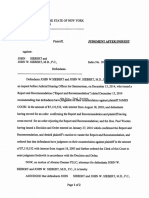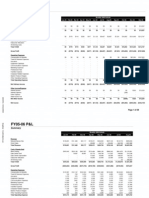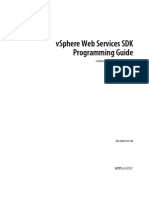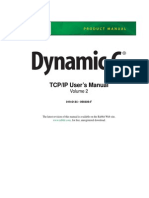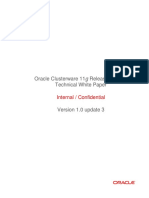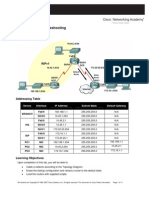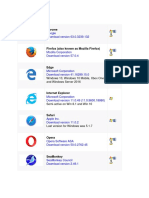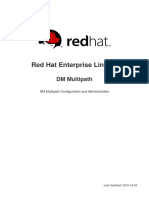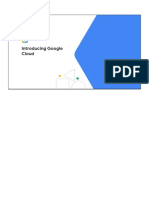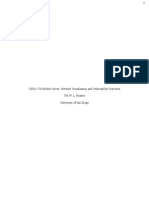0% found this document useful (0 votes)
240 views14 pagesTop API Vulnerabilities & Exploits
The document reports on API vulnerabilities and exploits in Q2-2023. It provides statistics on API attacks and bug bounty rewards, and analyzes the most impactful API vulnerabilities including the oldest exploit dating back over 39 months and SQL injection vulnerabilities in MOVEit Transfer that are still being exploited.
Uploaded by
Anonymous UserCopyright
© © All Rights Reserved
We take content rights seriously. If you suspect this is your content, claim it here.
Available Formats
Download as PDF, TXT or read online on Scribd
0% found this document useful (0 votes)
240 views14 pagesTop API Vulnerabilities & Exploits
The document reports on API vulnerabilities and exploits in Q2-2023. It provides statistics on API attacks and bug bounty rewards, and analyzes the most impactful API vulnerabilities including the oldest exploit dating back over 39 months and SQL injection vulnerabilities in MOVEit Transfer that are still being exploited.
Uploaded by
Anonymous UserCopyright
© © All Rights Reserved
We take content rights seriously. If you suspect this is your content, claim it here.
Available Formats
Download as PDF, TXT or read online on Scribd
/ 14
